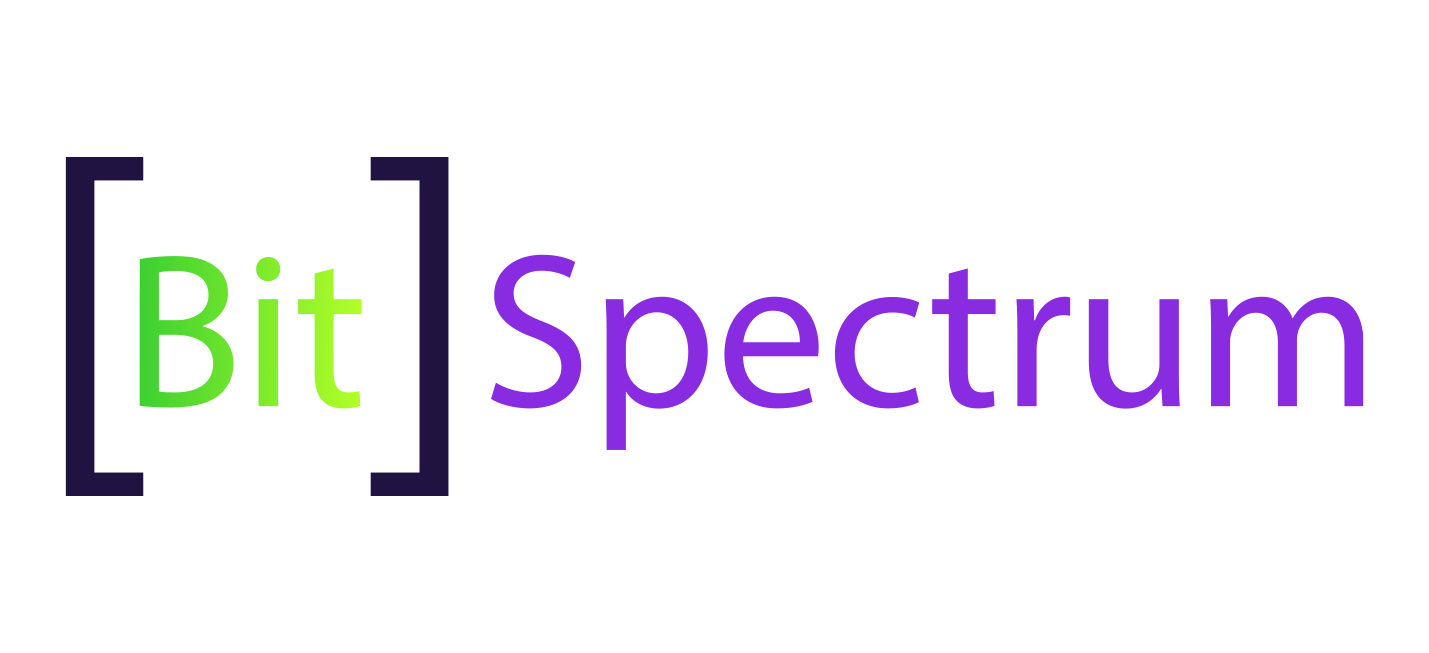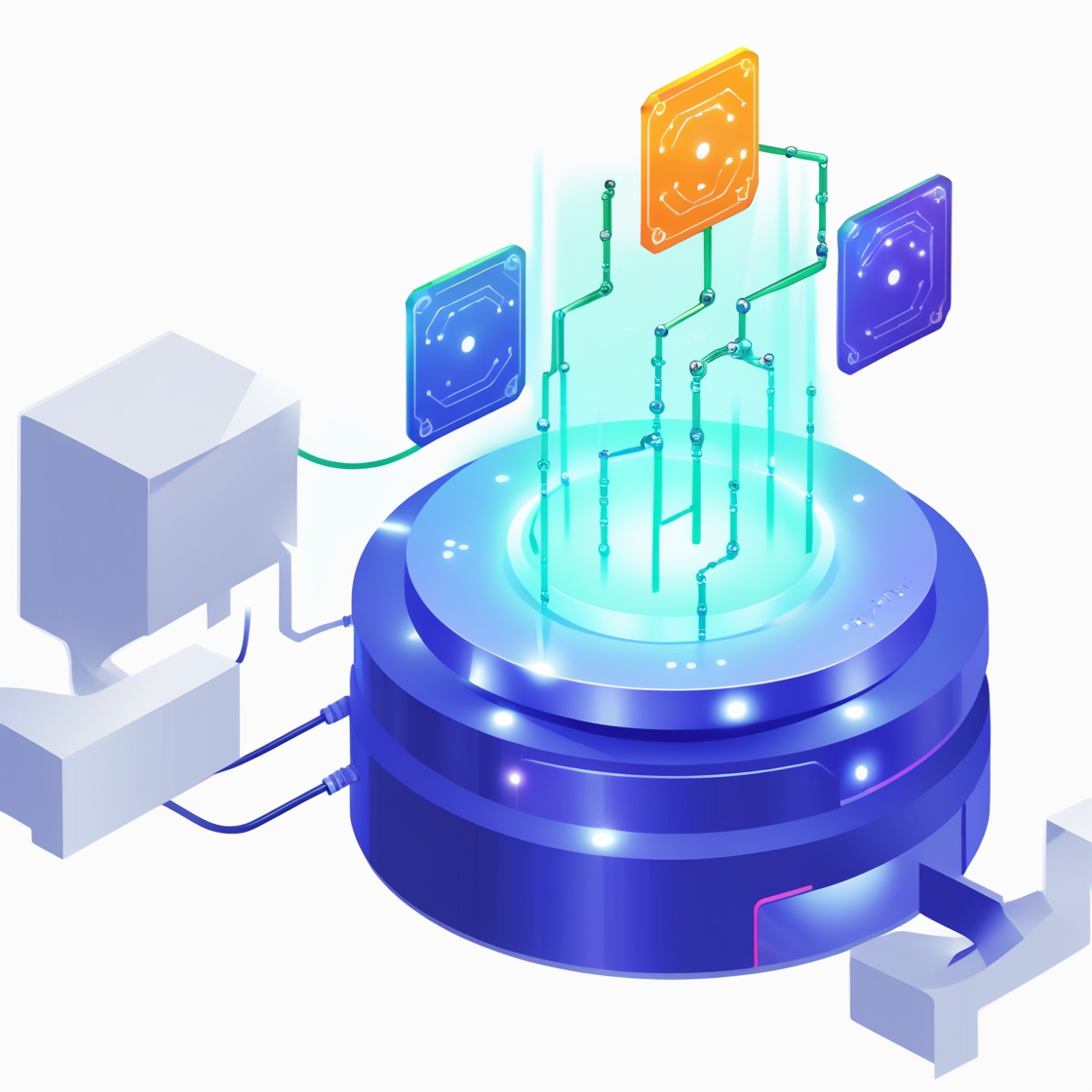Blockchain. You’ve probably heard this buzzword floating around in conversations about Bitcoin, Ethereum, and other cryptocurrencies. But what exactly does it mean? And, more importantly, why should you care?
If you’re new to the world of crypto or just curious about the tech that powers it, this guide is for you. We’ll break down what blockchain is, how it works, and why it’s changing the way we think about money, transactions, and trust—without burying you in technical jargon.
What Is Blockchain? A Simple Explanation
At its core, blockchain is a type of database. But unlike traditional databases that store data in a single location (like a server), blockchain is decentralized. That means the data is distributed across a network of computers, making it nearly impossible to alter, hack, or corrupt.
The “blocks” in blockchain are like digital containers that store batches of information, such as transactions. These blocks are linked together in chronological order, forming a “chain.” Hence, the name—blockchain!
Think of it as a public ledger. Once a transaction is recorded on the blockchain, it’s there forever, visible to anyone using the network. Transparency and security? Check.
Key Features of Blockchain:
- Decentralized: No single person or organization controls the blockchain. It’s managed by a network of participants.
- Immutable: Once data is added, it can’t be changed. This prevents tampering.
- Transparent: Every transaction is recorded on a public ledger that anyone can access.

How Does Blockchain Work?
Now that you know what blockchain is, let’s see how it actually works.
Step 1: A Transaction Is Initiated
Imagine Alice wants to send 1 Bitcoin to Bob. She enters the details of this transaction into a blockchain wallet.
Step 2: The Transaction Is Verified
Blockchain networks rely on nodes (computers) to verify transactions. These nodes ensure that Alice actually owns the Bitcoin she wants to send and hasn’t already spent it. This process is called validation.
Step 3: The Transaction Is Added to a Block
Once validated, the transaction is grouped with others into a block. Think of it as a digital batch of transactions waiting to be finalized.
Step 4: The Block Is Chained to the Network
The new block is then cryptographically linked to the previous block in the chain. This is where the security lies—any attempt to alter one block would break the entire chain.
Step 5: The Transaction Is Complete
Bob receives the Bitcoin, and the transaction is permanently recorded on the blockchain. No middlemen. No delays.

Why Is Blockchain Such a Big Deal?
Blockchain is so much more than the backbone of cryptocurrencies. It’s transforming industries by solving some of the biggest challenges businesses face today. Here are three reasons why blockchain is a game-changer:
1. Solving the Problem of Trust
With blockchain, you don’t need to trust a bank, company, or third party to verify transactions. The technology itself guarantees transparency and accuracy.
2. Enhancing Security
Blockchain’s use of cryptography and decentralization makes it extremely secure. It’s nearly impossible for bad actors to alter data on the blockchain without consensus from the entire network.
3. Reducing Costs
By cutting out intermediaries (like banks), blockchain allows for faster, cheaper transactions. Think online payments without PayPal fees or international transfers without currency exchange costs.
Exciting Applications of Blockchain Technology
Blockchain isn’t just for crypto enthusiasts. It’s being used in innovative ways across industries:
- Finance: Beyond Bitcoin, blockchain is powering decentralized finance (DeFi), peer-to-peer lending, and instant cross-border payments.
- Supply Chain: Companies are using blockchain to track products from origin to delivery, improving transparency and reducing fraud.
- Healthcare: Blockchain can store patient records securely, ensuring data privacy while granting access only to authorized personnel.
- Gaming and NFTs: Gamers are using blockchain to buy, sell, and trade unique digital assets like NFTs (non-fungible tokens).
- Real Estate: Entire property transactions are being streamlined and recorded on the blockchain, reducing paperwork and delays.
The possibilities are practically endless.
A Quick Myth-Busting Round on Blockchain
Before we wrap up, let’s address a few common questions (and misconceptions) about blockchain:
Is Blockchain the Same as Bitcoin?
Nope! Blockchain is the technology that powers Bitcoin. Think of it like this: If Bitcoin is the internet, blockchain is the HTTP protocol making it work.
Is Blockchain Legal?
Yes, blockchain itself is legal across most jurisdictions. But specific uses (like cryptocurrency trading) may have regulations, so always check local laws.
Can Blockchain Be Hacked?
It’s extremely difficult but not impossible. For example, a 51% attack occurs when a single entity gains majority control of a network. However, this is rare and requires immense resources.
How to Get Started with Blockchain
Feeling inspired? Here’s how you can begin exploring blockchain:
- Read Up on Cryptocurrencies – Start with mainstream options like Bitcoin and Ethereum.
- Use a Crypto Wallet – Set up a digital wallet to store and send coins.
- Experiment with Smart Contracts – Platforms like Ethereum allow you to create and interact with programmable contracts.
- Join Communities – Buzzing forums like Reddit’s r/cryptocurrency are perfect for beginners.
- Stay Educated – Blockchain changes fast. Subscribe to blogs or news platforms to stay in the loop.
At its heart, blockchain is about empowering individuals to take control of their data, finances, and transactions—no middlemen involved.
The Future Is on the Chain
Blockchain is more than just a tech trend or a crypto buzzword; it’s a key driver behind the future of finance, business, and even how we interact with technology. Whether you’re a curious beginner or see yourself as the next crypto guru, understanding blockchain is the first step toward navigating this exciting world.
Looking to dive deeper into crypto or blockchain? Subscribe to our newsletter for more tutorials, tips, and the latest news from the blockchain world.

